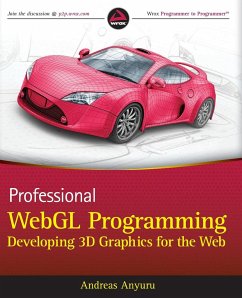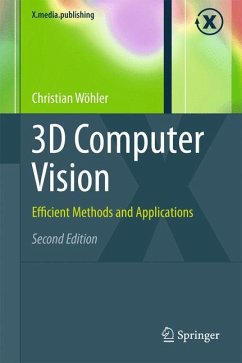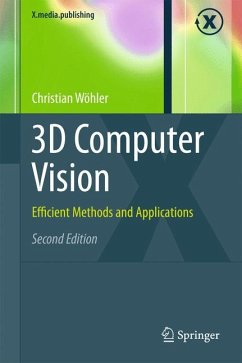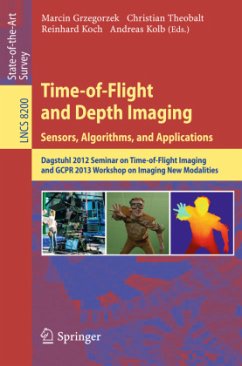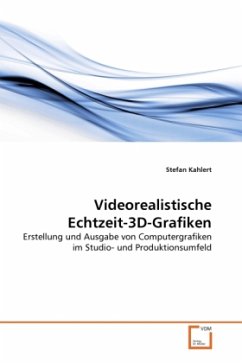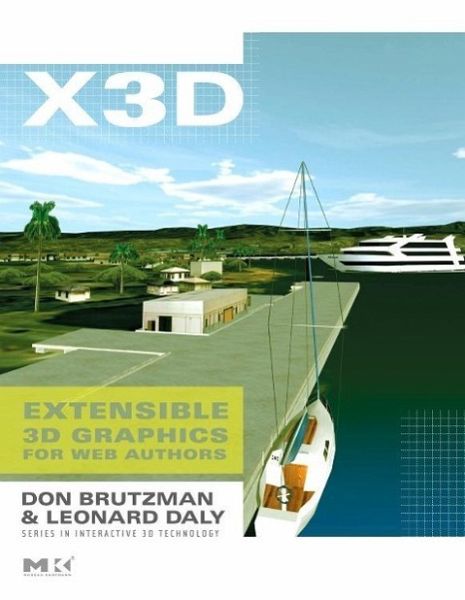
X3D
Extensible 3D Graphics for Web Authors

PAYBACK Punkte
30 °P sammeln!
In the early days of the Web a need was recognized for a language to display 3D objects through a browser. An HTML-like language, VRML, was proposed in 1994 and became the standard for describing interactive 3D objects and worlds on the Web. 3D Web courses were started, several best-selling books were published, and VRML continues to be used today. However VRML, because it was based on HTML, is a stodgy language that is not easy to incorporate with other applications and has been difficult to add features to. Meanwhile, applications for interactive 3D graphics have been exploding in areas such...
In the early days of the Web a need was recognized for a language to display 3D objects through a browser. An HTML-like language, VRML, was proposed in 1994 and became the standard for describing interactive 3D objects and worlds on the Web. 3D Web courses were started, several best-selling books were published, and VRML continues to be used today. However VRML, because it was based on HTML, is a stodgy language that is not easy to incorporate with other applications and has been difficult to add features to. Meanwhile, applications for interactive 3D graphics have been exploding in areas such as medicine, science, industry, and entertainment. There is a strong need for a set of modern Web-based technologies, applied within a standard extensible framework, to enable a new generation of modeling & simulation applications to emerge, develop, and interoperate. X3D is the next generation open standard for 3D on the web. It is the result of several years of development by the Web 3D Consortium's X3D Task Group. Instead of a large monolithic specification (like VRML), which requires full adoption for compliance, X3D is a component-based architecture that can support applications ranging from a simple non-interactive animation to the latest streaming or rendering applications. X3D replaces VRML, but also provides compatibility with existing VRML content and browsers. Don Brutzman organized the first symposium on VRML and is playing a similar role with X3D; he is a founding member of the consortium. Len Daly is a professional member of the consortium and both Len and Don have been involved with the development of the standard from the start.





